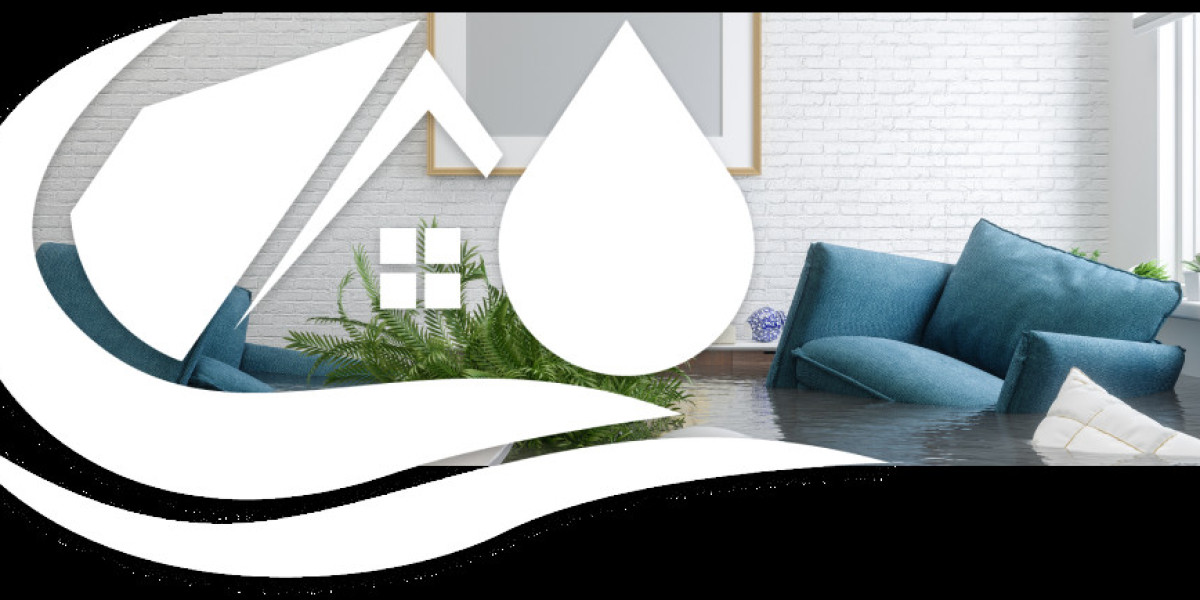Hardwood floors can be wrecked by water under the floorboards or even the subfloors, despite the fact that the wood has been polished and protected. Wood may expand and shrink naturally, but water damage is anything but.
Here are some things to think about if your sub floor wood and hard flooring have recently been damaged by water and you're trying to decide whether or not to try to save them.
Water Damage Assessment for Your Wooden Floor
If you act fast, you can limit the amount of damage to your floor from water. Rugs and carpets should be taken outside and soaked up as much surface water as possible with mops and rags. Put a wet vacuum to good use by concentrating on the space between each board. Don't use heat to dry the wood; instead, use a dehumidifier to capture the moisture. However, calling a water remediation business for an inspection is of utmost importance. The extent of the water damage in the wood floor is measured by a variety of instruments used by the restoration firm. The longer you wait to get help, the worse the problem will get.
There are three tell-tale signs of water damage to hardwood floors: bent or cupped boards, discoloration, and the growth of mould and mildew.
Wooden Floors Warping
Hardwood floors can warp or cup because they absorb water and then push against adjoining boards. Warping can also be caused by exposure to extreme heat or humidity. Warped floorboards collect dirt and debris between the splintered boards. Warping or cupping in natural fibre flooring is too extreme to be returned to a flat surface due to the flooring's natural expansion and contraction. When floorboards get warped, it is usually necessary to replace them.
Discoloration Caused by Water
Discoloration occurs when water is absorbed by wood and subsequently evaporates, or when water is left untreated on hardwood floors and finally evaporates. Wood stains are caused by the interaction of water and the wood's natural minerals and salts. Water damage to hardwood floors may be repaired by refinishing the affected areas, or the affected planks may be replaced.
If the hardwood floors are still in good condition, they can be sanded multiple times to restore the finish. When the effects of water are limited to the surface, refinishing can be a possibility. When the damage is extensive, it may be best to replace it. A specialist in the field of water damage restoration can provide you advice on the condition of your hardwood flooring.
Growth of Mould and Mildew
Mould and mildew can flourish if there is moisture beneath the hardwood floor. The problem is that mildew and mould are difficult to spot at first. Sometimes problems don't become apparent until a few days later.
It's possible that the mould growth you're sensing is just the tip of the iceberg, and that the problem extends beneath the floors and even to the subfloor. Now is the time to get in touch with a storm flood restoration company.
Conclusion
With flood damage, every second counts. Hardwood floors are susceptible to mould growth within 48 hours of water damage, and water can infiltrate through the floor's cracks and crevices. Mould loves the dark, damp environment under the floorboard; therefore it's unfortunate that it's there. More choices will be available for your hardwood floors the sooner you identify the problem.



